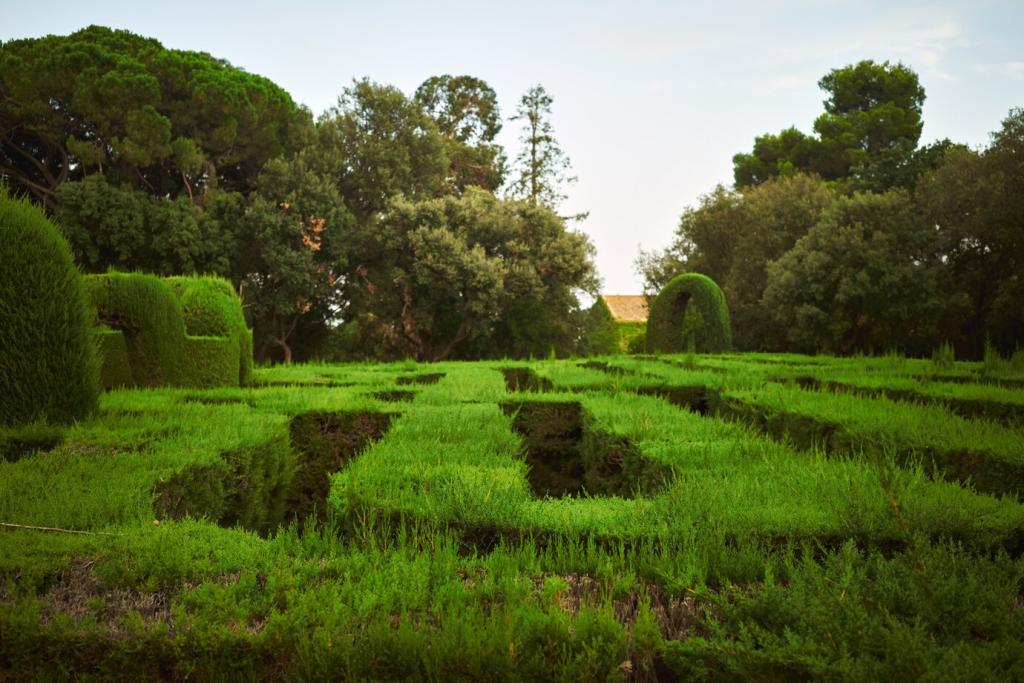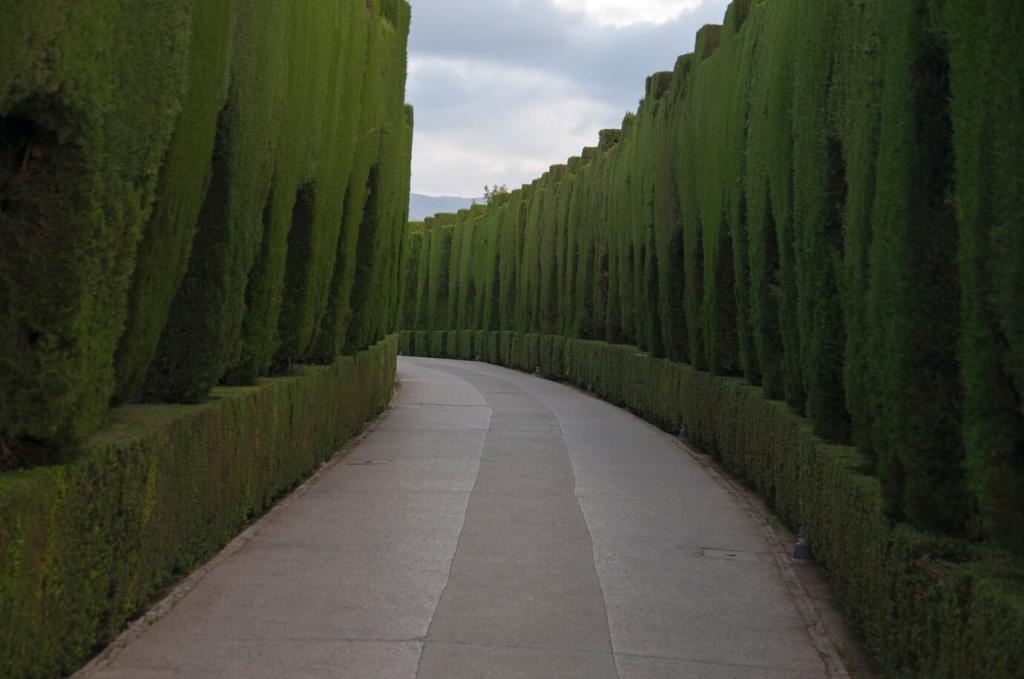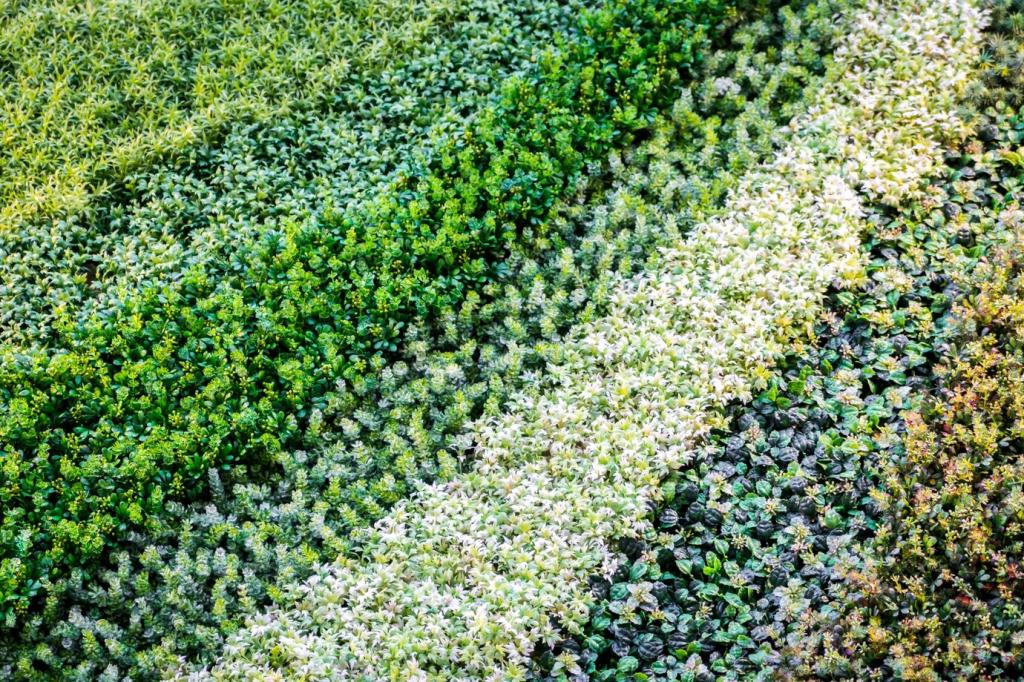
Artistic Elements in Garden Design
Artistic elements are the invisible threads that weave character, emotion, and harmony into the fabric of a garden. By intentionally integrating artistic principles, a garden becomes more than a collection of plants; it transforms into a living composition. The interplay of form, color, texture, and spatial arrangement shapes not only the garden’s appearance but also the mood it evokes and the story it tells. This page explores how the thoughtful use of artistic elements can elevate garden design, making every outdoor space a unique and expressive masterpiece.

Geometric Precision
Using pure geometric shapes in garden layouts offers a sense of order and clarity. Straight lines, circles, and rectangles direct sightlines and impose discipline, ideal for formal gardens or urban courtyards. Hedges trimmed to precisely defined boundaries, symmetrical plantings, or patterned paving stones create visual calm and predictability, which can be both reassuring and elegant. This rigor can also provide an ideal counterpoint to looser, more organic plant shapes, enhancing the tension and interest within the overall design. Geometric precision doesn’t have to be rigid; it can be interpreted fluidly to communicate harmony and sophistication while still allowing for moments of surprise or softness.
Organic Flow
In contrast to geometric arrangements, organic forms in gardens reflect natural processes and celebrate spontaneity. Meandering paths, sweeping beds, and non-uniform plant groupings evoke the sense of a landscape shaped by wind and time rather than by human hands. This approach fosters an atmosphere of relaxation and discovery, inviting visitors to wander and explore. Organic flow can soften the edges of hardscapes, blur boundaries, and introduce a sense of surprise, with curated vistas and hidden corners that reveal themselves gradually. The result is a space that feels more intimately connected to nature, alive with movement and ever-changing perspectives.
Vertical Emphasis
Verticality introduces drama and dimension to a garden, breaking up horizontal expanses and drawing the gaze upward. Elements such as trellises, pergolas, tall shrubs, and even sculptural trees become focal points that punctuate the landscape. Vertical structures create opportunities for layering plants, providing habitats for climbers, and defining intimate garden “rooms.” When used artistically, vertical emphasis can transform a flat or compact space, making it appear more spacious and dynamic. It also encourages interplay between light and shadow, further enriching the sensory experience and reinforcing the garden’s architectural cohesion.
The Role of Color and Light

Color harmony is central to creating a visually cohesive and pleasing garden. Selecting plants and hardscape materials with compatible or intentionally contrasting hues can define the atmosphere: cool palettes of blues and lavenders evoke calm and tranquility, while hot reds and oranges inject excitement and vigor. Harmonizing hues doesn’t simply mean matching; it’s about balancing bold statements with softer accents, guiding the viewer’s gaze, and reinforcing the intended mood. Repeating particular colors or restricting the spectrum can create unity, while careful use of accent shades adds layers of complexity and interest, ensuring that every corner of the garden tells a unified color story.
Plant Textures
Plants offer a remarkable diversity of textures, from the feathery lightness of ornamental grasses to the bold, corrugated leaves of hostas. Thoughtful arrangement of these different textures enlivens planting schemes and creates visual punctuation. Fine textures at the margins may soften transitions, while course textures in focal areas draw the eye and anchor the view. Combining glossy foliage with matte, or dissected forms with simple silhouettes, creates interest even when color is absent. The tactile experience is equally important; a garden meant to be touched as well as seen can offer deeper connection and enjoyment, prompting lingering interactions and memorable moments.
Hardscape Materials
Stones, bricks, metals, and timbers all possess their own intrinsic textures and temperatures. Smooth granite paths feel cool and refined underfoot, while roughly hewn stepping stones evoke a sense of ancient permanence. Wooden decks might provide warmth and give with the seasons, while metal features rust and patina, marking the passage of time. The materials chosen for walls, walkways, and seating not only organize the garden’s flow but also frame its living elements, amplifying color and form through their contrasting or complementary textures. Artistic deployment of hardscape materials sets the garden’s tone, signaling whether a space is contemporary and sleek or restful and rustic.
Water and Movement
Water introduces both visual and auditory texture to the garden, creating focal points and softening hard edges. Reflective ponds mirror the sky and surrounding foliage, amplifying light and color, while the gentle sound of trickling fountains or bubbling streams brings an element of sensory relaxation. Water has the capacity to blur boundaries between materials, acting as a bridge between stone, wood, and plant. Moving water fosters a sense of life and energy, and its surfaces—rippled, still, or cascading—change constantly with light conditions and weather. This dynamic element enriches the garden’s tapestry, deepening sensory engagement and adding a unique artistic signature.
Join our mailing list
